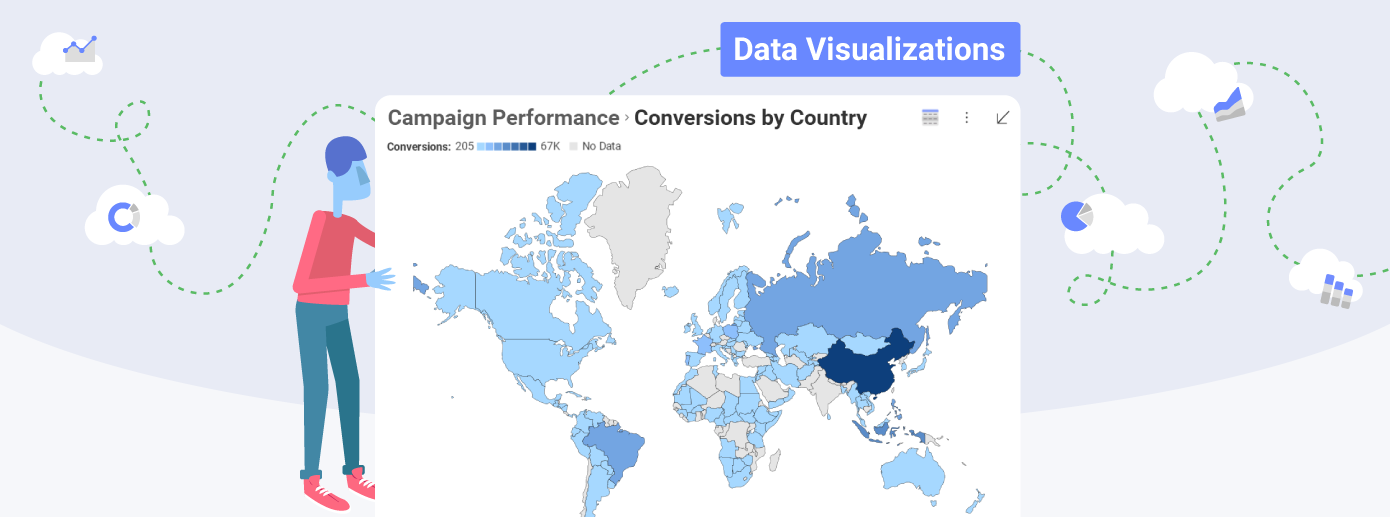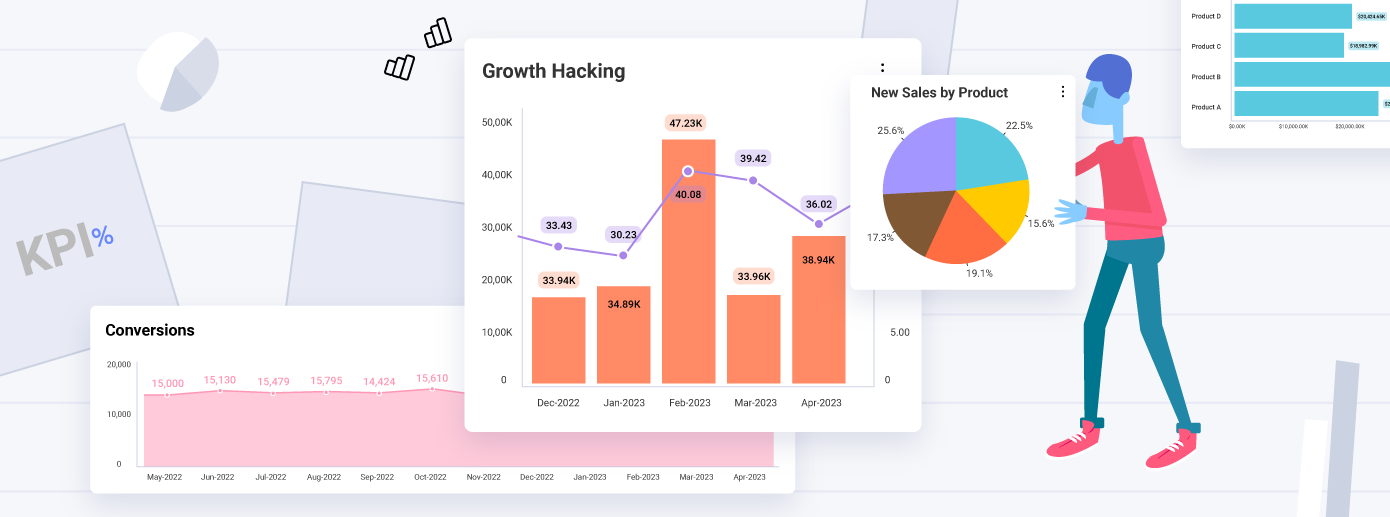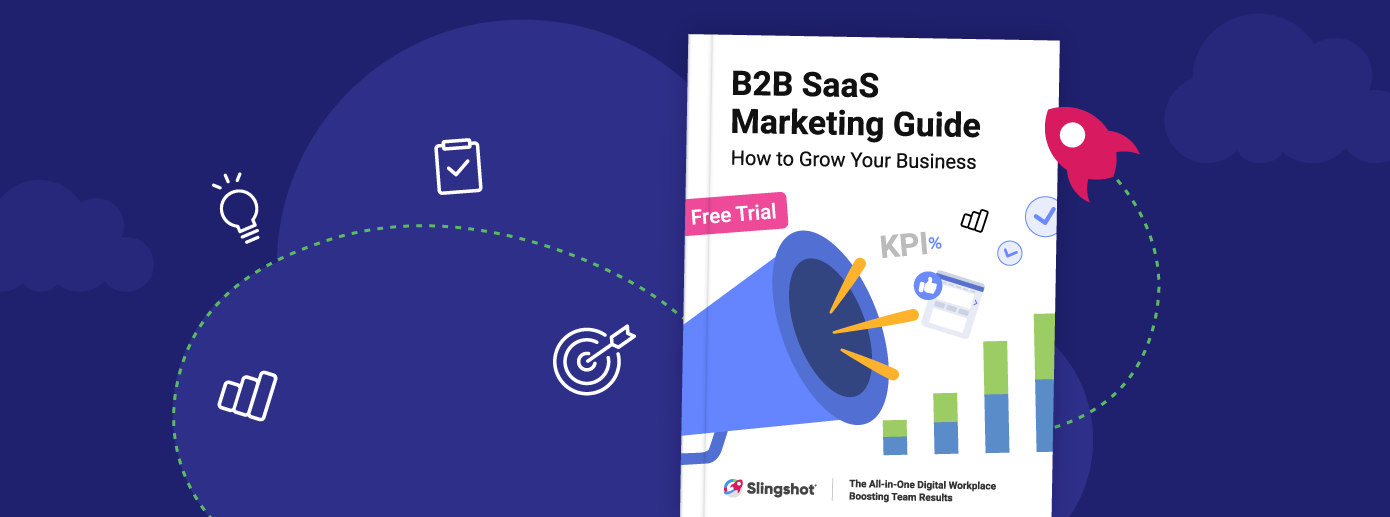
데이터에 가장 적합한 차트를 선택하는 방법
이 문서에서는 데이터에 가장 적합한 차트를 선택하는 올바른 단계를 보여줌으로써 귀하의 통찰력이 항상 최상의 결과를 얻는 데 사용될 수 있도록 합니다.
오늘날 우리 손끝에 있는 데이터의 양은 엄청날 수 있습니다. 정말로 중요한 것이 무엇인지 어떻게 알 수 있나요?
두 단어: 데이터 시각화.
하지만 데이터 표시 방법을 선택할 때 대답해야 할 질문이 너무 많습니다.
데이터를 가장 잘 시각화하도록 데이터를 설정하려면 어떻게 해야 합니까? 어떤 차트가 분석에 도움이 될까요?
어느 것이 데이터를 가장 의미 있게 만드는가? 성과를 측정하고 있나요? 당신은 얼마나 많은 변수를 갖고 있나요? 데이터가 시간 기반인가요? 지리공간? 등등…
이 문서에서는 데이터에 가장 적합한 차트를 선택하는 올바른 단계를 보여줌으로써 귀하의 통찰력이 항상 최상의 결과를 얻는 데 사용될 수 있도록 합니다.
데이터 차트란 무엇입니까?
기본부터 시작해 보겠습니다. 데이터 차트란 무엇인가요?
데이터 차트는 막대, 선, 원형 조각, 기호 등의 형태로 표시할 수 있는 일련의 숫자 데이터 요소를 시각적으로 표현한 것입니다. 가장 널리 사용되는 데이터 분석 차트 유형은 다음과 같습니다.
- 막대형 또는 기둥형 차트
- 누적 차트
- 원형 차트
- 선 그래프
- 영역 차트
데이터에 적합한 차트를 선택하는 방법
소비자나 기업이 점점 더 복잡해지는 정보의 폭증에 맞서 싸우고 있는 상황에서 우리는 그들이 정보를 더 빨리 이해할 수 있도록 도와야 합니다. 여기에서 메시지나 데이터 스토리를 가장 잘 전달하는 데 도움이 되는 올바른 차트가 필요합니다. 데이터가 잠재적으로 여러 차트에서 작동할 수 있지만 소비자에게 데이터를 명확하고 간결하게 만드는 차트를 선택하는 것은 작성자의 몫입니다.
선택을 안내하는 데 도움이 되는 다음 주요 질문을 고려하십시오.
- 차트를 통해 전달하고 싶은 핵심 포인트는 무엇인가요?
- 변수를 비교하시겠습니까?
- 데이터의 분포를 이해해야 합니까?
- 분석해야 할 추세가 있습니까?
데이터 표시에는 4가지 기본 차트 유형이 있습니다.
- 비교
- 구성
- 분포
- 관계
비교 차트란 무엇입니까?
비교 차트는 두 개 이상의 변수 간의 비교를 그립니다. 이는 시간 경과에 따른 두 개 이상의 변수 세트 간의 차이점을 최종 사용자에게 효과적으로 보여주는 데 사용될 수 있습니다. 그렇다면 데이터를 비교하기 위해 어떤 유형의 차트를 사용합니까?
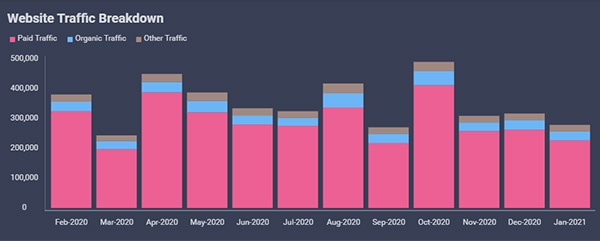
데이터 비교에 사용하기에 가장 좋은 차트 유형은 다음과 같습니다.
- 막대 차트
- 기둥형 차트
- 꺾은선형 차트
- 스플라인 차트
- 콤보 차트
- 방사형 그래프
- 스플라인 영역 차트
- OCHL 차트
- 촛대
이제 데이터에 사용할 차트 유형을 알았으므로 적절한 색상 및 텍스트 사용, 중요한 내용 강조 표시, 백서에서 찾을 수 있는 기타 기술과 같은 모범 사례를 따르십시오.
구성 차트란 무엇입니까?
구성 차트는 개별 변수가 전체를 어떻게 구성하는지 보여주는 데 가장 적합합니다. 시간 경과에 따른 이러한 변수의 관계를 표시하거나 정적 합계로 표시할 수 있습니다.
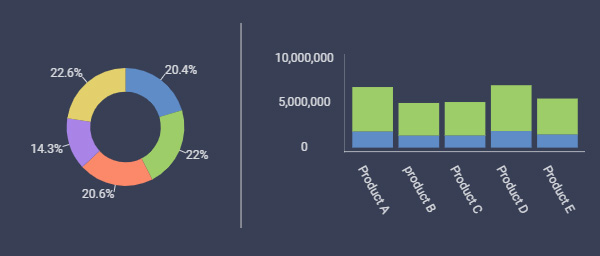
시간에 따른 변수의 변화를 추적하는 가장 좋은 차트는 다음과 같습니다.
- 누적 기둥
- 누적 영역
변수의 정적 관계를 측정하는 데 가장 적합한 차트는 다음과 같습니다.
- 파이 차트
- 도넛 차트
- 트리맵
- 깔때기
이러한 모든 차트 유형을 사용하면 드릴다운을 설정하여 데이터의 계층 구조를 분석하고 더 깊은 통찰력을 얻을 수 있습니다.
이러한 차트를 사용할 때 염두에 두어야 할 몇 가지 모범 사례는 다음과 같습니다.
- 변수를 6 미만으로 유지하십시오.
- 양수 값만 사용
- 3D 차트를 사용하지 마세요
예를 들어 누적 열 및 누적 영역과 같은 차트는 시간 경과에 따른 부분을 전체적으로 표시하여 변화와 추세를 비교할 수 있는 데 유용합니다. 원형 차트 및 도넛 차트와 같은 차트는 값을 합계로 비교하는 데 가장 적합합니다.
분포 차트란 무엇입니까?
분포 차트는 일련의 정량적 값이 전체 범위에 걸쳐 어떻게 분포되어 있는지 보여주고 데이터의 주요 특이점과 추세를 식별하는 데 도움이 됩니다. 일련의 값이 있고 교차점을 확인하여 값 사이에 상관 관계가 있는지 알고 싶다고 가정해 보겠습니다. 다음 차트 중 하나를 사용하는 것이 가장 좋습니다.
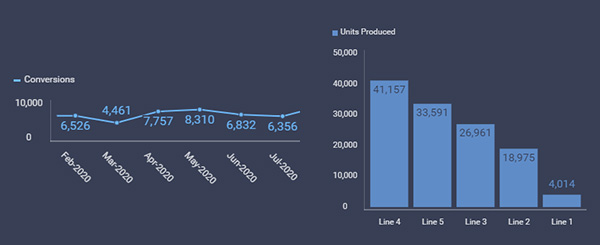
분포 데이터에 가장 적합한 차트는 다음과 같습니다.
- 흩어지게하다
- 거품
- 콤보 차트
- 선형 차트
- 히스토그램
관계 차트란 무엇입니까?
관계 차트는 함께 가져온 데이터를 통해 두 개 이상의 변수 간의 상관 관계를 보여줍니다. 이는 주어진 변수가 서로에게 미치는 긍정적 또는 부정적 효과를 표시하는 데 사용될 수 있습니다. 아래 차트는 변수가 두 개 이상일 때 가장 적합합니다.
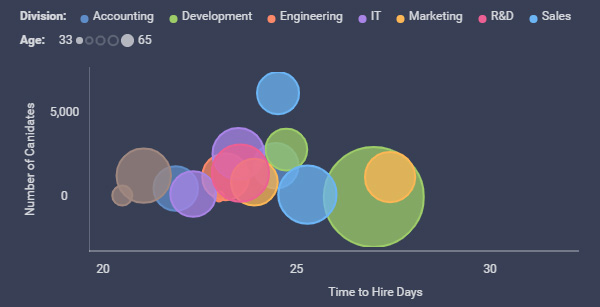
- 흩어지게하다
- 거품
데이터 시각화 모범 사례
데이터 시각화를 만들 때 올바른 차트 유형을 선택하는 것은 퍼즐의 한 부분일 뿐입니다!




